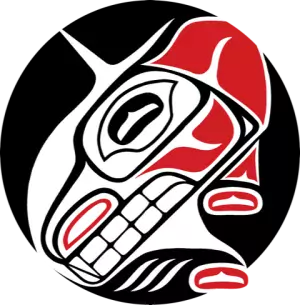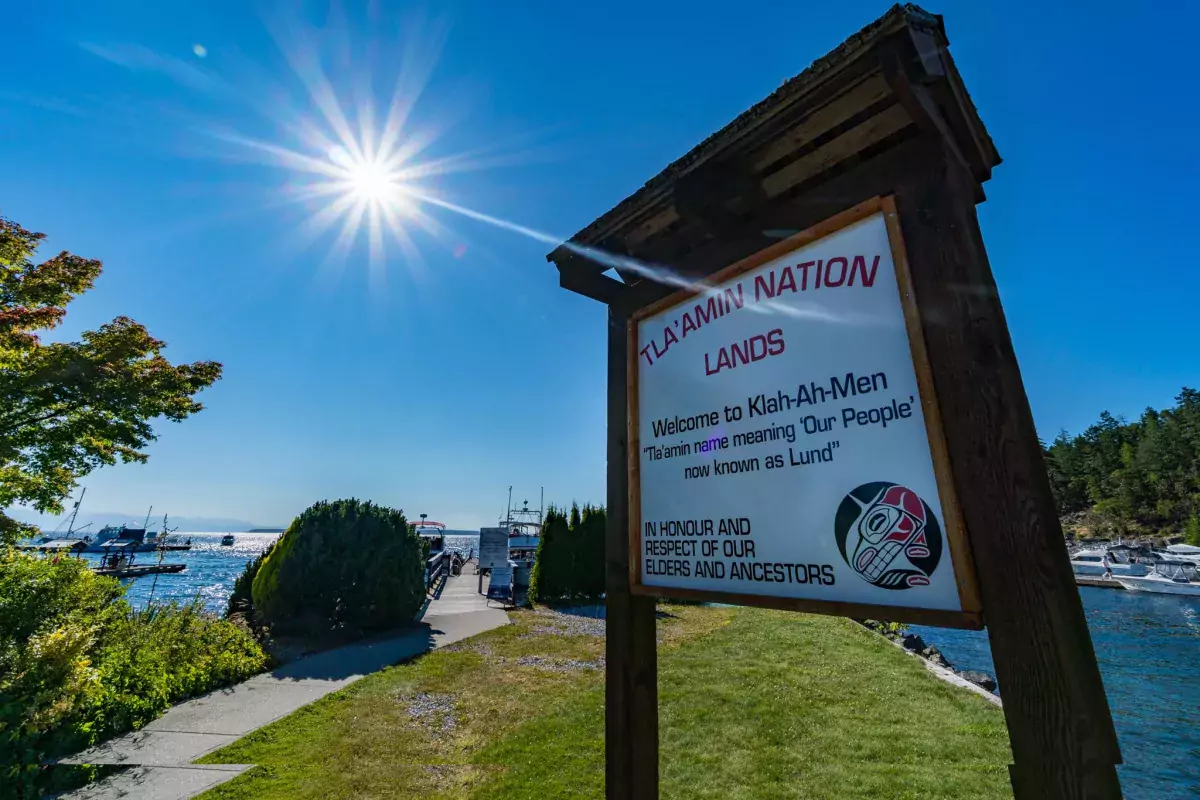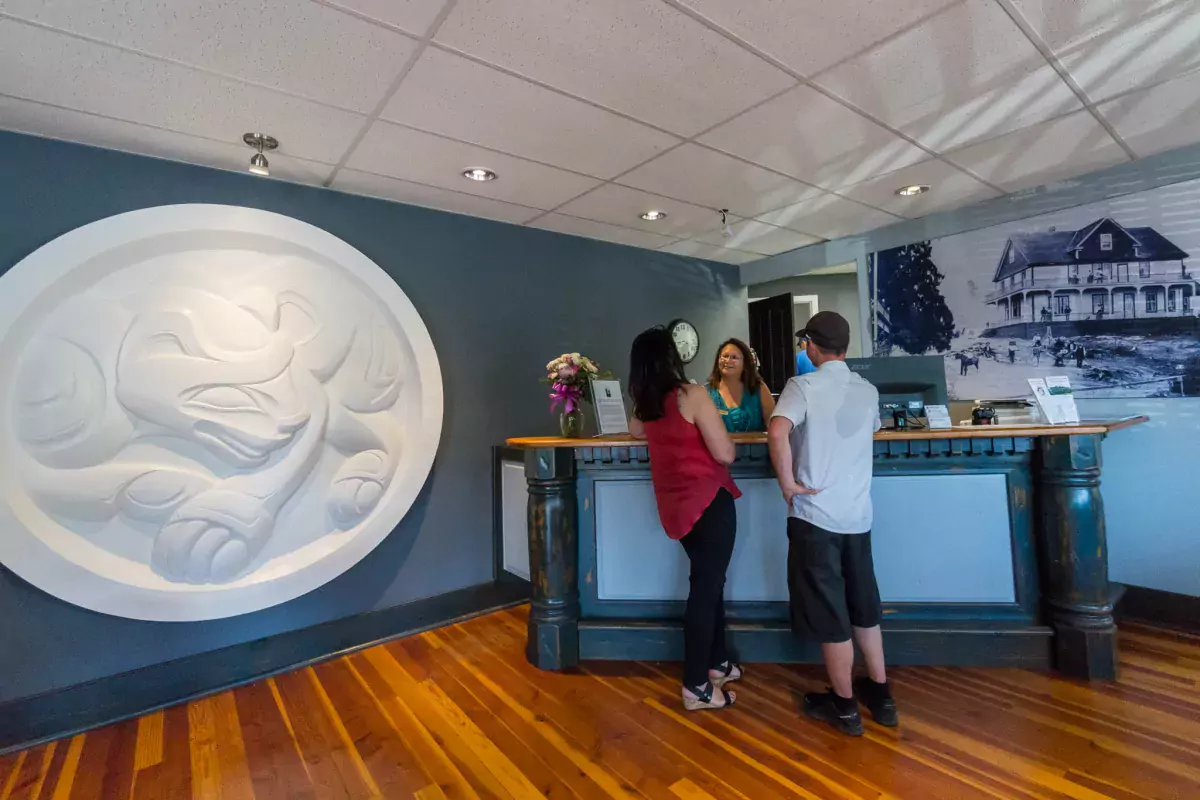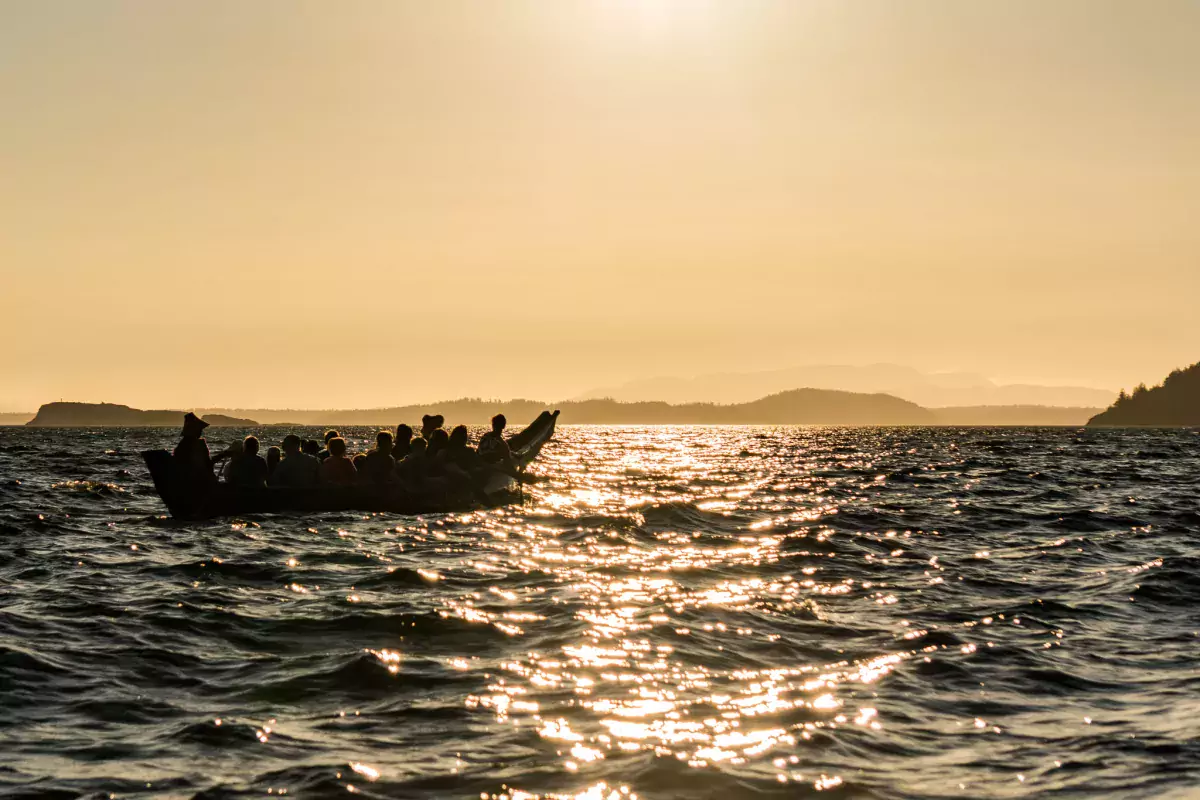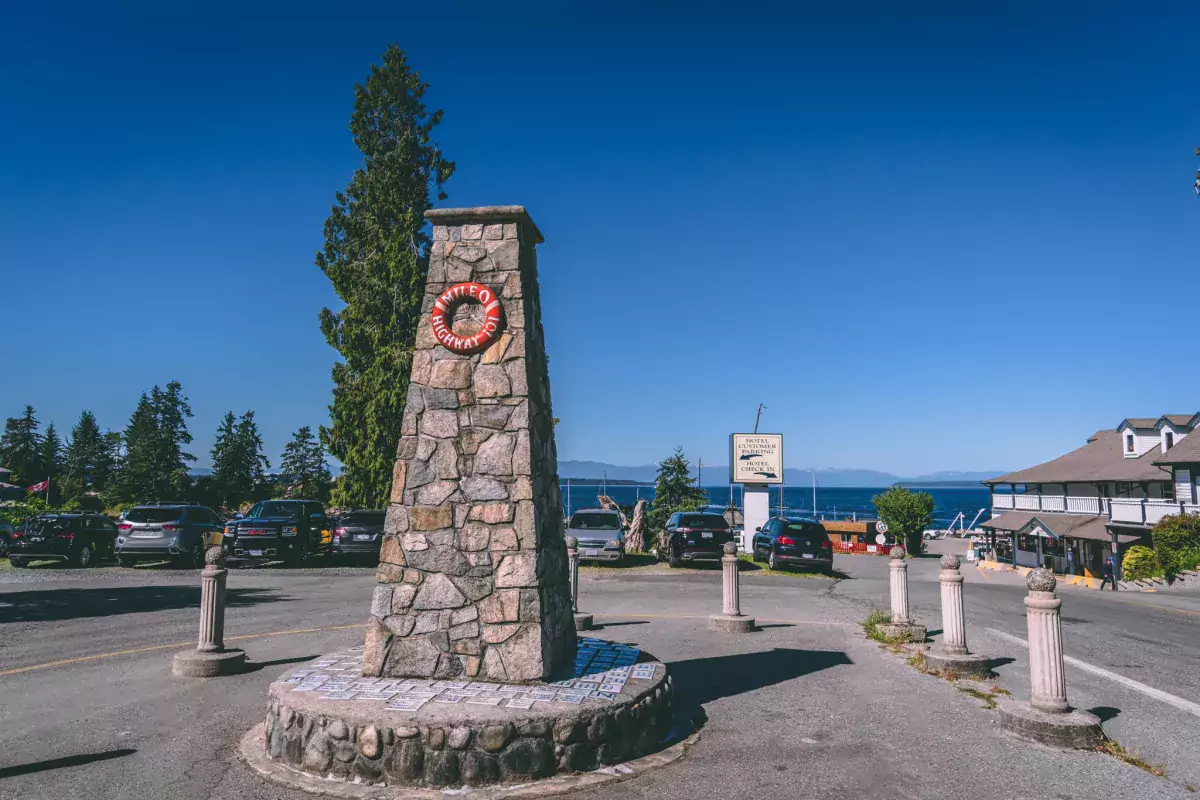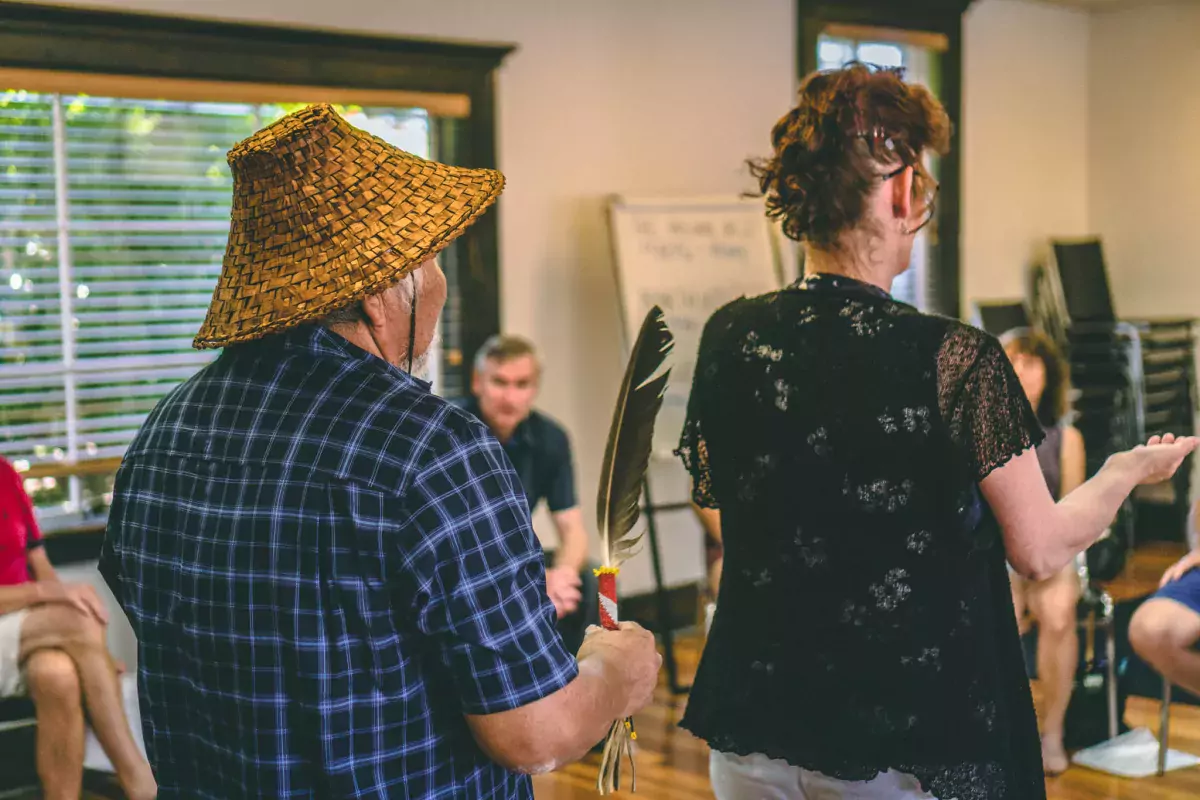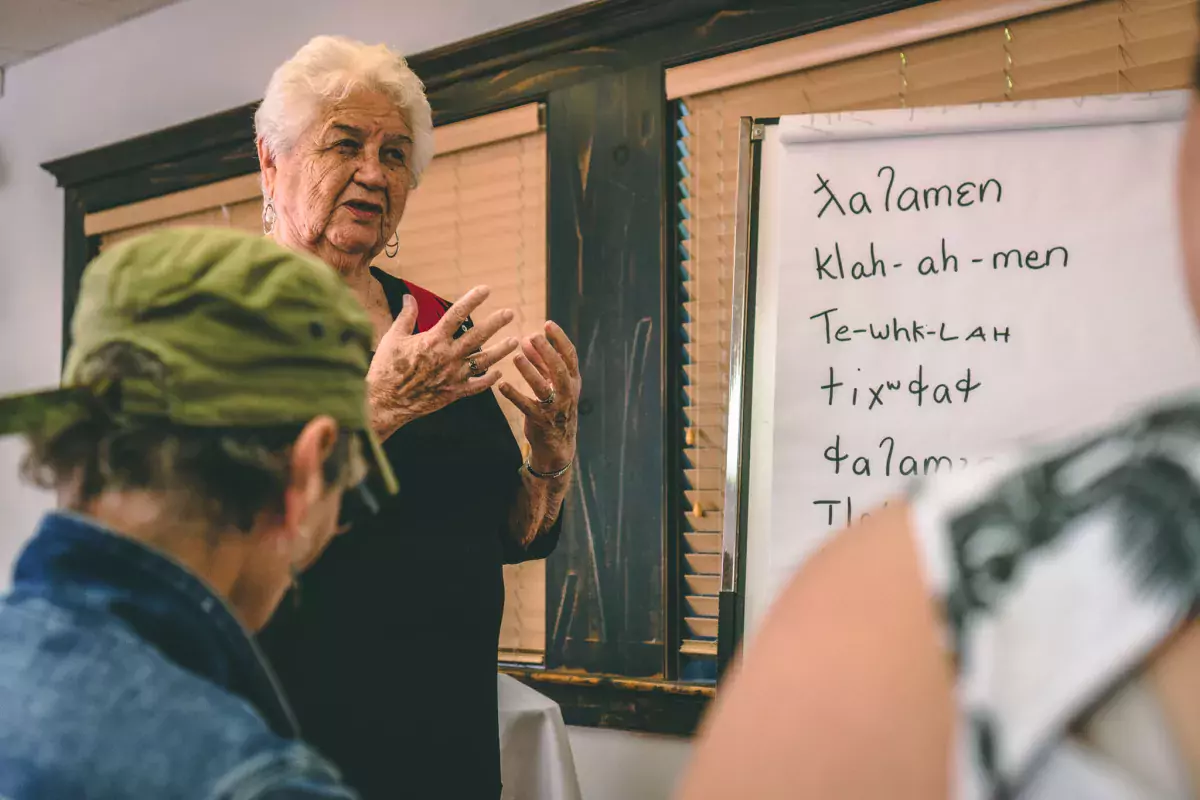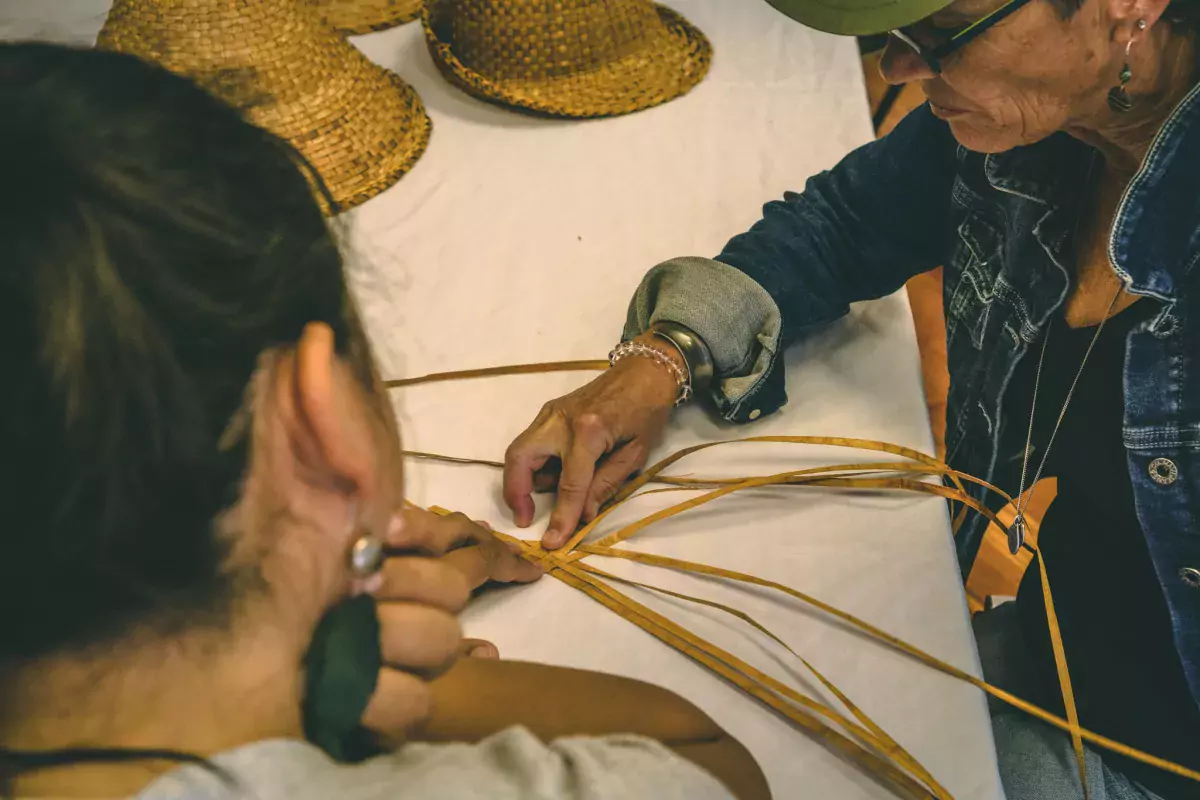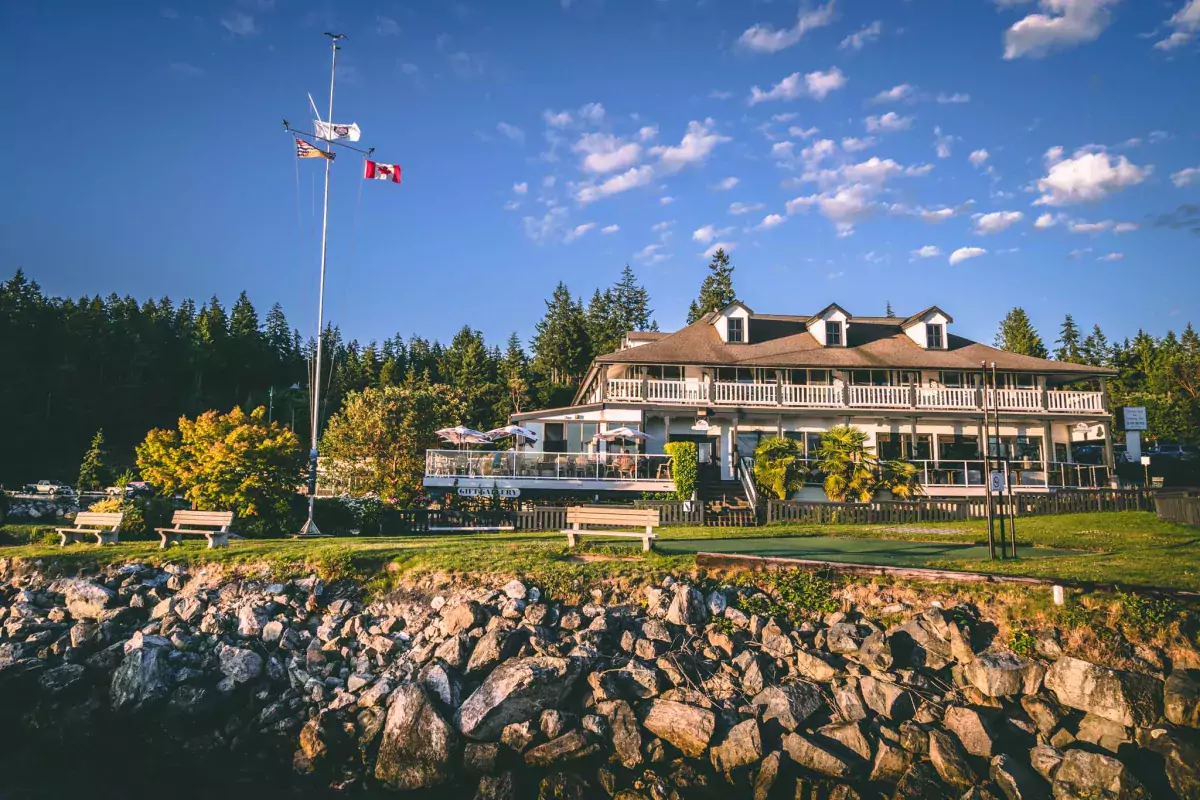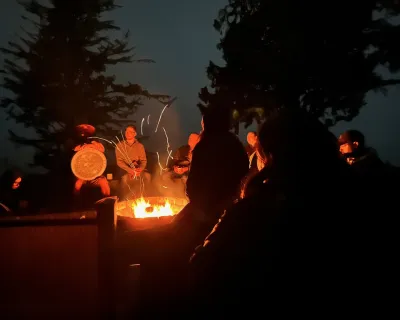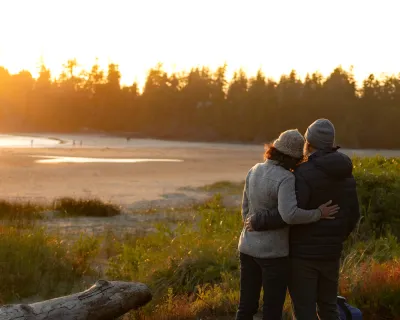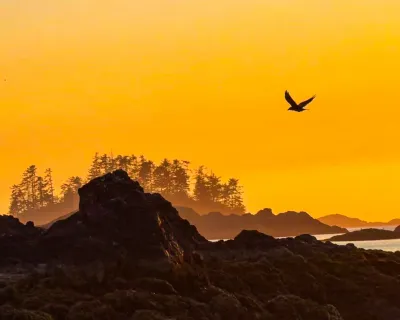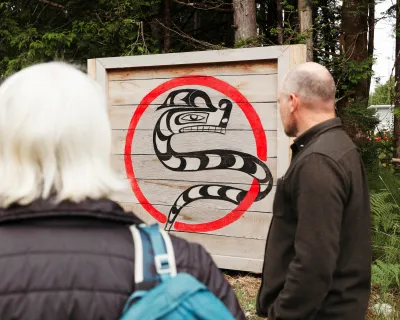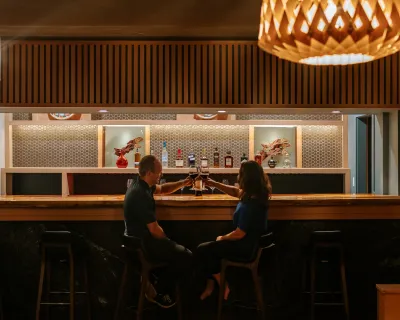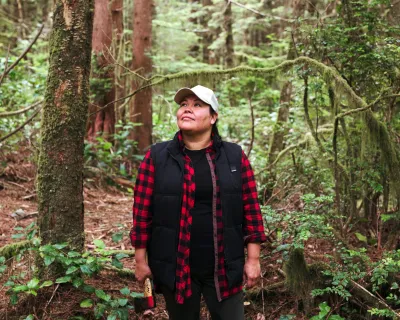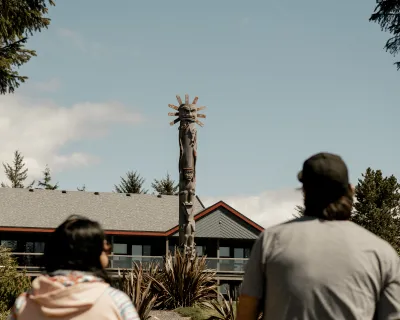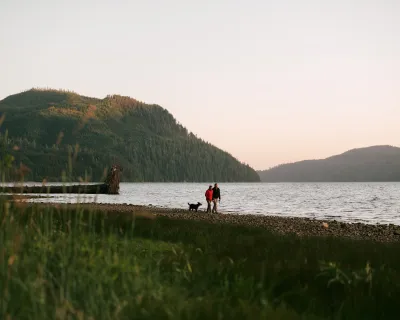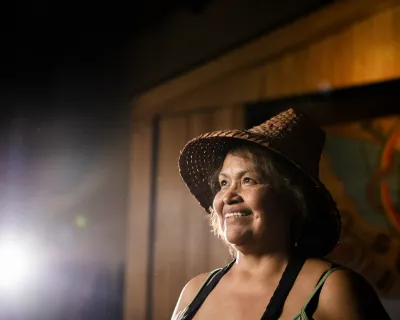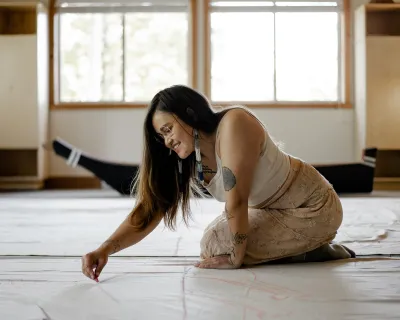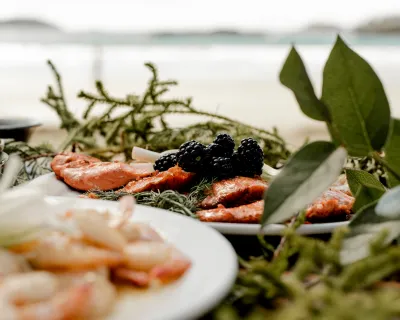Welcome to Klah-Ah-Men, a place of refuge
Exciting ownership change at the Historic Lund Hotel positions Tla’amin Nation to share with the world their traditions, arts and culture.
Written and photographed by Chris Istace
The waves of the Salish Sea crash rhythmically into the shores of the Lund Harbour at a place historically known as Klah-Ah-Men – a name that translates to “place of refuge.”
My first experience in Lund (Klah-Ah-Men) was one I will never forget. I was able to enjoy the beauty and culture and quickly discovered, this was indeed a “place of refuge.”
In Lund, you will discover many ways to disconnect and find peace. Visit unique shops like Pollen Sweaters, rent a kayak or explore the Tug Ghum Gallery. Feeling more adventurous? Take a marine tour charter or enjoy a hike on the famous Sunshine Coast Trail.
Discover all that is Lund and the Tla’amin Nation.
Plan your trip today...
I was captivated by a first look at the cultural weekend retreat, which is led by members of the Tla’amin peoples who have had traditions and cultural knowledge passed down to them. This immersive experience was a looking glass into a way of life and culture that continues from its roots thousands of years ago. I was deeply moved as we learned about the past, present and future of the Tla’amin Nation in Lund.
Through these photos, you’ll get a glimpse into this must-experience program that will be offered at The Historic Lund Hotel. The words and images will hopefully inspire you to explore the Tla’amin culture yourself.
This proud, self-governing Indigenous Nation, 1,100 strong, has embraced their culture through education and entrepreneurship. A Final (treaty) Agreement was entered into in April 2016 opening up new opportunities for investment for future generations. Most notably, the Tla’amin Nation has taken over 100 per cent ownership of The Historic Lund Hotel.
Visitors get to experience and learn the Tla’amin way of life when visiting Lund. The hotel is undergoing a multi-year transformation, laying the foundation for those guests who want to engage in and understand more about the history and culture of Indigenous people. You’ll find beautiful touches like the hand-sewn throw blankets in every room made by local Tla’amin artist, Joan Williams. The throws or bed runners can be special ordered for guests who wish to bring a piece of the culture into their homes.
Visitors will also enjoy the artwork of Alano Edzerza, a renowned artist from B.C.’s northwest coast. A massive white cedar panel bear carving is a gorgeous piece that greets anyone entering the lobby. Also, the beautiful tryptic panels illustrating the coastal wildlife through an Indigenous lens adorns every guest room in this beautiful, boutique hotel.
Built in 1905, The Historic Lund Hotel is the backbone of the village. The hotel’s general store supplies visitors and residents of the many nearby islands and is a busy sailing and yachting moorage. Be sure to visit the Lund Pub and its deck with stunning views and some of the most beautiful sunsets you’ll ever see.
The Historic Lund Hotel and marina is a busy place for water travellers and fisherman, much like it was thousands of years ago by the Tla’amin people. Lund is known as the “Gateway to Desolation Sound,” a famous nature destination in British Columbia. Desolation Sound Marine Park is the oldest and largest provincial marine park in B.C., with Lund as the most popular starting point.
Water-locked to the north, west and east, the town of Lund is the end of the road for travellers, via land and it’s also the terminus of the Pan-American Highway. Known as Mile 0 of the more than 15,000-km highway, it goes all the way Chile in South America. Busy as it is today, you can easily imagine what it was like thousands of years ago for the Tla’amin.
Through the hardship of Canada’s colonial past and its effect on the First Nations people of Canada, Tla’amin language warrior, Koosen Pielle helps to educate visitors. Through her work as a facilitator of the Kairos Blanket Exercise, she fosters the Reconciliation process in Canada. Using an interactive experience, Indigenous and non-Indigenous people learn about the real history of Canada and the First Nations people. It’s a place of respect and understanding that was powerful for me. David Tiriakin, originally from France, participated with us. “I had an idea of what happened but didn’t realize how much it is still affecting people. I have so much more to learn,” he said.
Elsie Paul is a nationally renowned Tla’amin Elder, known for her Tla’amin language and cultural work and most notably for her award-winning book, Written As I Remember It. Elsie told us how the Tla’amin people once lived in harmony on their land but endured years of hardship and pain as Canada went through colonialism. Now, with a promising future for her people, she works to carry on the traditions and language of Tla’amin residents. “I am happy to see our new self-reliance. We are a nation with a treaty and now we have our voice back, we are here to stay,” she says.
The cedar is the most sacred part of the Coast Salish culture; it is where their people received energy and direction in life. Cedar trees provided shelter, clothing, transportation, tools and more in the daily life of the Tla’amin. Tla’amin member, Sosan Blainey led us through a cedar-weaving workshop, saying, “The wellness of the cedar was important to our well-being. We treated it as a living being that provides for us and is not just a resource.”
The Tla’amin, like all Coast Salish peoples, are welcoming and because of its location, the people of Lund have always been well situated to see approaching visitors by water. As the sun set, I had the good fortune of watching local Nations members perform a greeting song and drum as they would have thousands of years ago.
Hopefully, many more people will get the chance to travel to Lund and experience the Tla’amin culture as I did.
If You Go
BC Ferries leaves from Horseshoe Bay in West Vancouver to the Sunshine Coast with around 10 sailings daily, plus sailings from Vancouver Island to the northern Sunshine Coast (Powell River). Or, take advantage of the many other transportation services, including float planes, passenger ferry service, and more.
Tag #ExploreLund and #ZenSeekers on your travels and you might be featured on one of their social media channels.
Chris Istace is a ZenSeekers' correspondent. He can be found at The Mindful Explorer and on Instagram and Twitter.
Like Our Facebook Page

